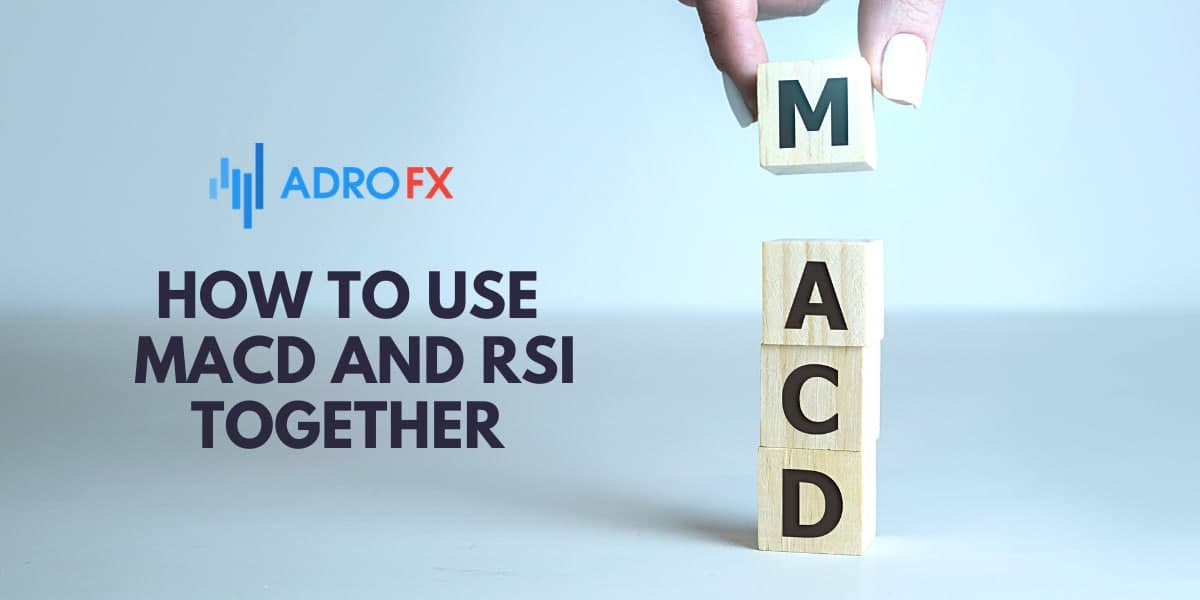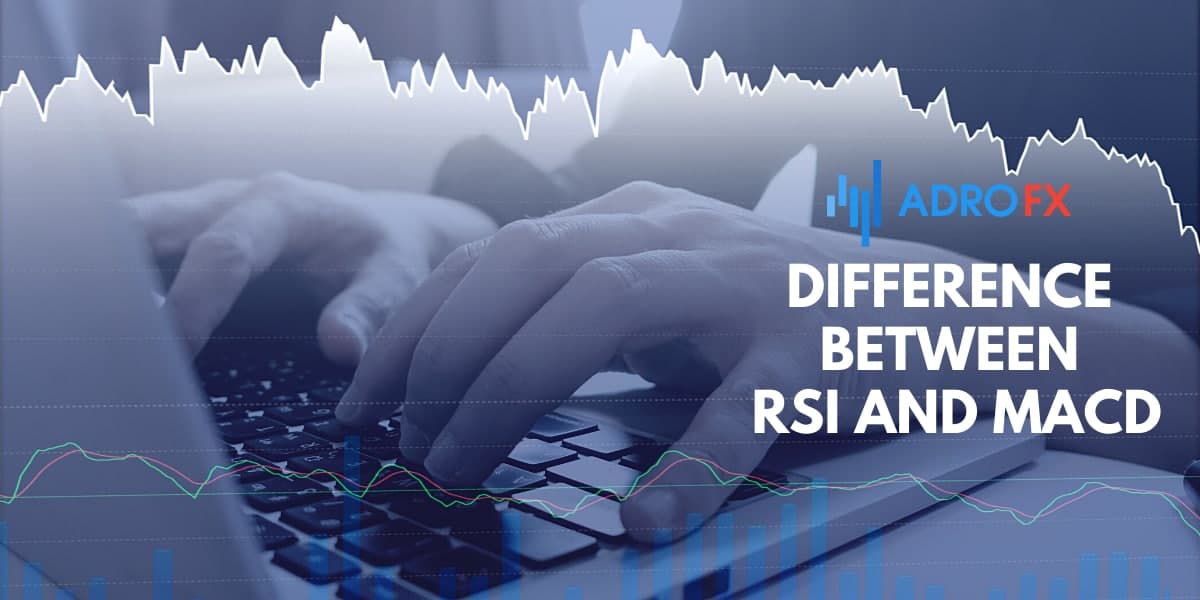How to use MACD and RSI Together

The MACD and RSI trading strategy is highly popular among new traders and scalpers. Its simplicity and amount of trading signals make it a versatile approach to trading forex. Another benefit is the ease of developing an expert advisor (EA) in MT4 using the MQL4 editor that comes together with the MT4 installation. Alternatively, traders may find it in the marketplace either for free or at a small cost. Since the MACD and RSI trading strategy is a straightforward trading strategy, there is no risk of an EA not functioning as coded, and traders can test it in a demo account.
Traders who prefer to use the MACD and RSI strategy in manual trading require a one-time quick set-up. The trading rules are easy to understand and follow, and it remains one of the best strategies to use and fine-tune in a trending market. Using RSI and MACD together can create more accurate trading signals than using just one of the two. Trading with MACD and RSI requires little time to learn, speeding up technical trading for new traders with a powerful entry to forex trading.
MACD and RSI trading strategy
There are several variations of MACD and RSI trading strategies as traders tweak the levels, but the basics are the same. Traders who use an EA will be fine with one monitor, but committed manual traders should invest in a two-monitor system. The extra cost for the second monitor is well worth the ongoing benefits. It is possible to use it on one monitor, but the trading approach will become less efficient, especially for manual scalpers. Setting up the MACD and RSI strategy takes a few moments.
Traders will use two timeframes, the D1, and the H1. In your MT4 trading terminal, apply the MACD to the D1. Do not make adjustments to the settings, except for visual ones if desired. It serves for trend identification. Most use the MACD histogram as their trend confirmation. A reading above 0.00 suggests traders should place buy orders, while a reading below 0.00 results in sell orders. While it is possible to implement the MACD line and signal line crossovers, it is best to focus on the MACD histogram for this trading strategy since the RSI will deliver trading signals. The purpose of the MACD on the D1 timeframe is purely for trend identification purposes and not to generate buying and selling opportunities.
The RSI is applied to the H1 timeframe, once again with the basic settings as provided by MT4. It is is where traders will receive buy and sell signals. Only place trades in the direction confirmed by the MACD on the D1 timeframe. If the MACD D1 histogram is above 0.00, use the RSI H1 to enter buy positions. A buy signal appears when the RSI is below 30 and moves above it. A MACD D1 histogram below 0.00 results in sell positions. The RSI H1 generates a signal by moving from above 70 below it. The RSI and MACD indicators combination offers a simple but reliable trading strategy. The best results are when traders use it for short-term trading over a long period.
One very important aspect of the MACD and RSI trading strategy is that traders use the same lot size on each trade. Increasing the trading volume after losses will only result in more losses. Forex traders must understand that no trading strategy delivers 100% accuracy. Trading losses are part of any trader's life, but keeping the volume the same, together with an equal approach to the stop loss and take profit level, can ensure that traders walk away with a profit at the end of the day. It is another reason this the MACD and RSI trading strategy is popular among scalpers.
Difference between RSI and MACD

Before traders learn how to use RSI and MACD for day trading, they must understand the difference between them. The MACD (Moving Average Convergence Divergence) indicator and the RSI (Relative Strength Index) are both momentum indicators. Both are among the most used technical indicators, and the primary difference lies in what they measure. The MACD intends to display the strength of a trend, and the RSI measures overbought and oversold levels of an asset. While MACD evaluates the difference between two EMAs, the RSI measures price action over 14 days, the default setting, compared to highs and lows over that period.
Sometimes the two may give conflicting trading signals. For example, the RSI will show an asset is oversold, but the MACD suggests more downside. Using both together and trading in the direction of a trend confirmed by both will offer forex traders more reliable trading signals. Traders may adjust the period settings and tweak the indicators, but the default setting provides the most accuracy. Once enough trade data is available, advanced traders make adjustments based on the asset or timeframe. New traders should stick with the values set by MT4, as they provide an excellent start to trading with two of the most frequently used technical indicators.
Understanding MACD and RSI
The MACD uses two exponential moving averages (EMAs). The 12-period and 26-period EMAs are the default setting. Subtracting the 26-period EMA from the 12-period EMA creates the MACD line. The MACD signal line is a 9-period EMA, which moves faster due to the shorter period. Crossovers between the MACD line and MACD signal line deliver trading signals on their own. When the 9-period EMA crosses above the MACD line, traders execute buy orders. Traders place sell orders when the 9-period EMA moves below the MACD line. Traders should understand that this can create many false trading signals, which is where the MACD histogram comes into play. It offers a more reliable buy or sell alert with a reading above or below 0.00.
The RSI ranges between 0 and 100, with a reading above 70 considered overbought and below 30 oversold. One way to use the RSI for trading signals is to buy an asset when its advances from below 30 to above it. Traders can sell when the RSI descends from above 70 to below it. The RSI can remain in overbought and oversold conditions for a long time. It indicates a pause from where the trend may extend. Therefore, traders should never rely on just one trading signal from one indicator. Understanding RSI and MACD and how to use the MACD and RSI together can offer forex traders a profitable trading strategy.
What is RSI and MACD?
RSI and MACD are momentum indicators. They are among the most used technical indicators, and using MACD and RSI together is a trading strategy preferred by many traders, especially scalpers. Understanding how to read MACD and RSI will provide more reliable trading signals. The simplicity and long-term accuracy make both an excellent candidate for expert advisors (EAs) in MT4. Using just one without the other will create many false trading signals, but used together, traders can achieve long-term profitability. Using MACD and RSI together will allow traders to take positions in the direction of a well-established and confirmed trend. It will reduce trading losses and increase profitable trades if used correctly.









